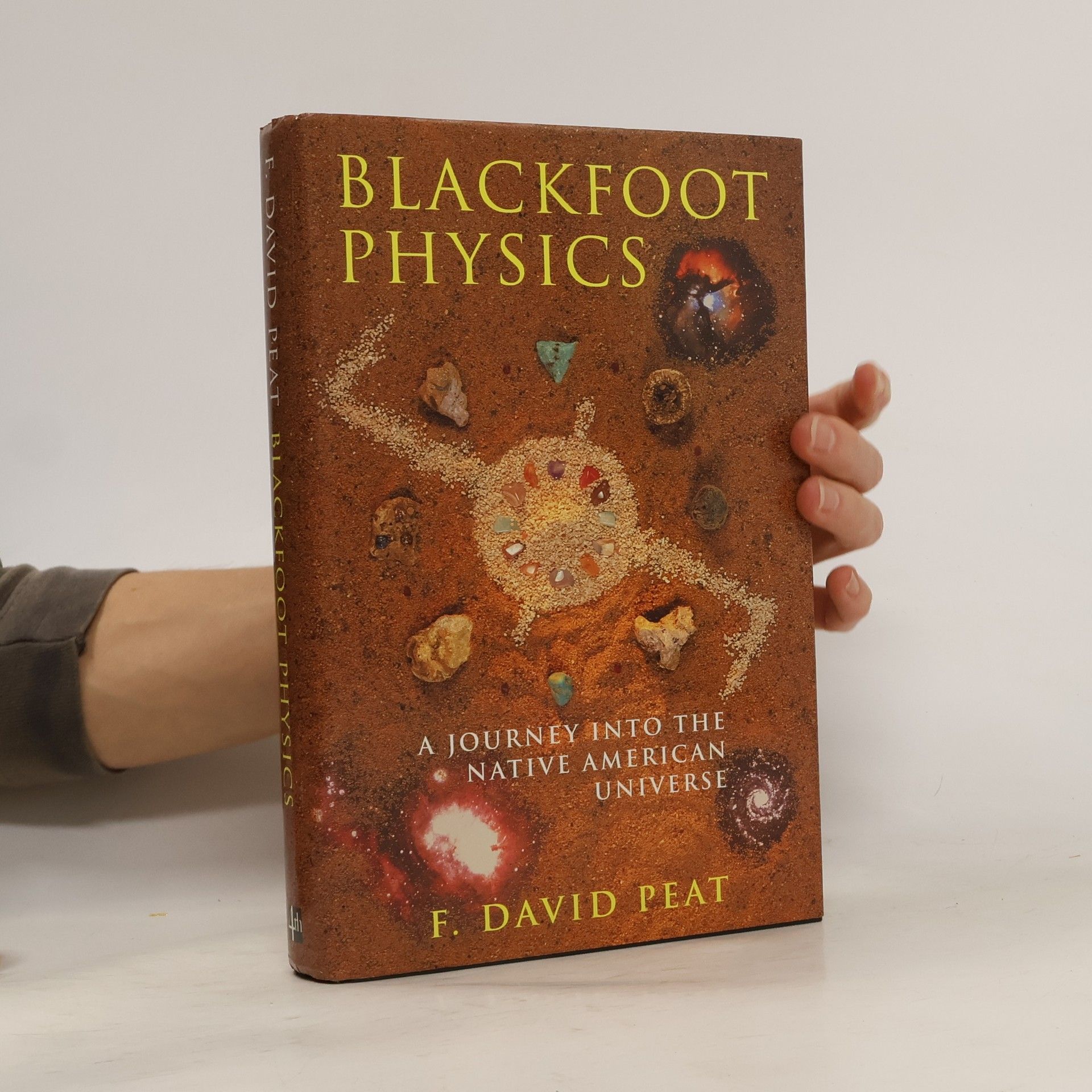Blackfoot Physics
- 320 pages
- 12 hours of reading
This author, originally a theoretical physicist, expands his research far beyond the confines of science. His interests range from the psychology of C. G. Jung and art to broader cultural aspects, including Native American culture. His works explore the deep connections between quantum theory, chaos, and synchronicity, often drawing on the ideas of David Bohm, with whom he collaborated. Through establishing the Pari Center for New Learning in Italy, he further fosters interdisciplinary study and the pursuit of new insights.
